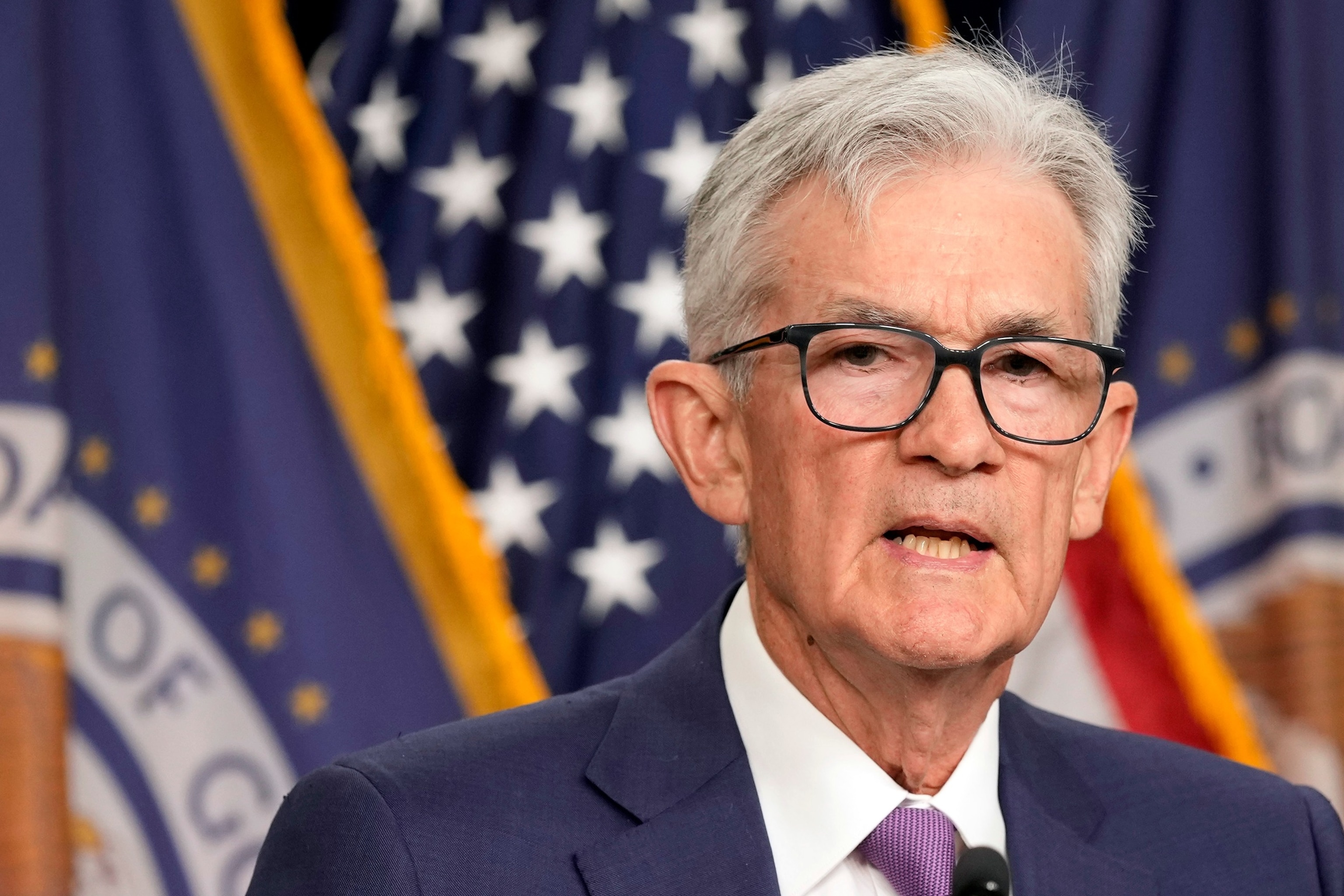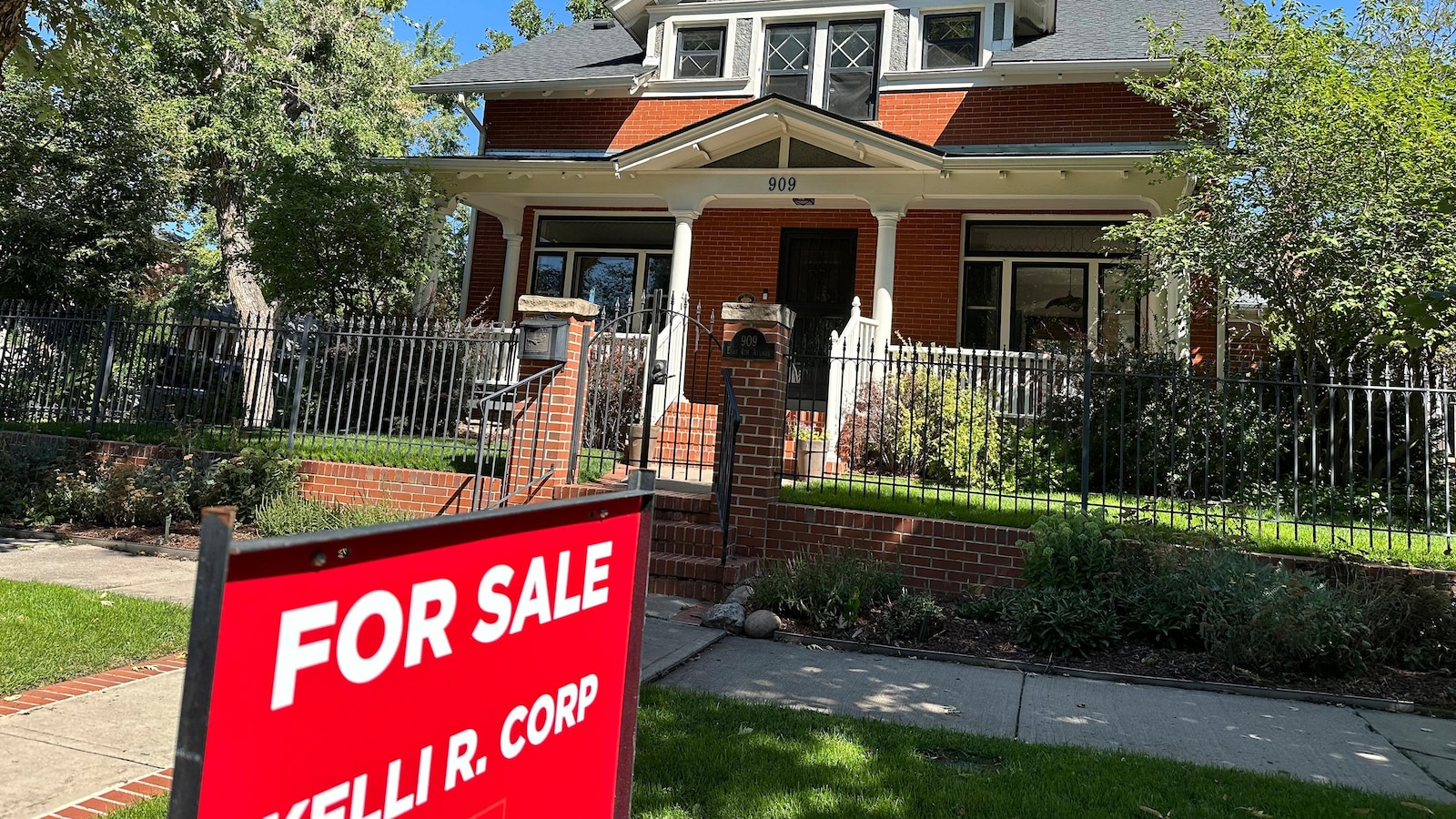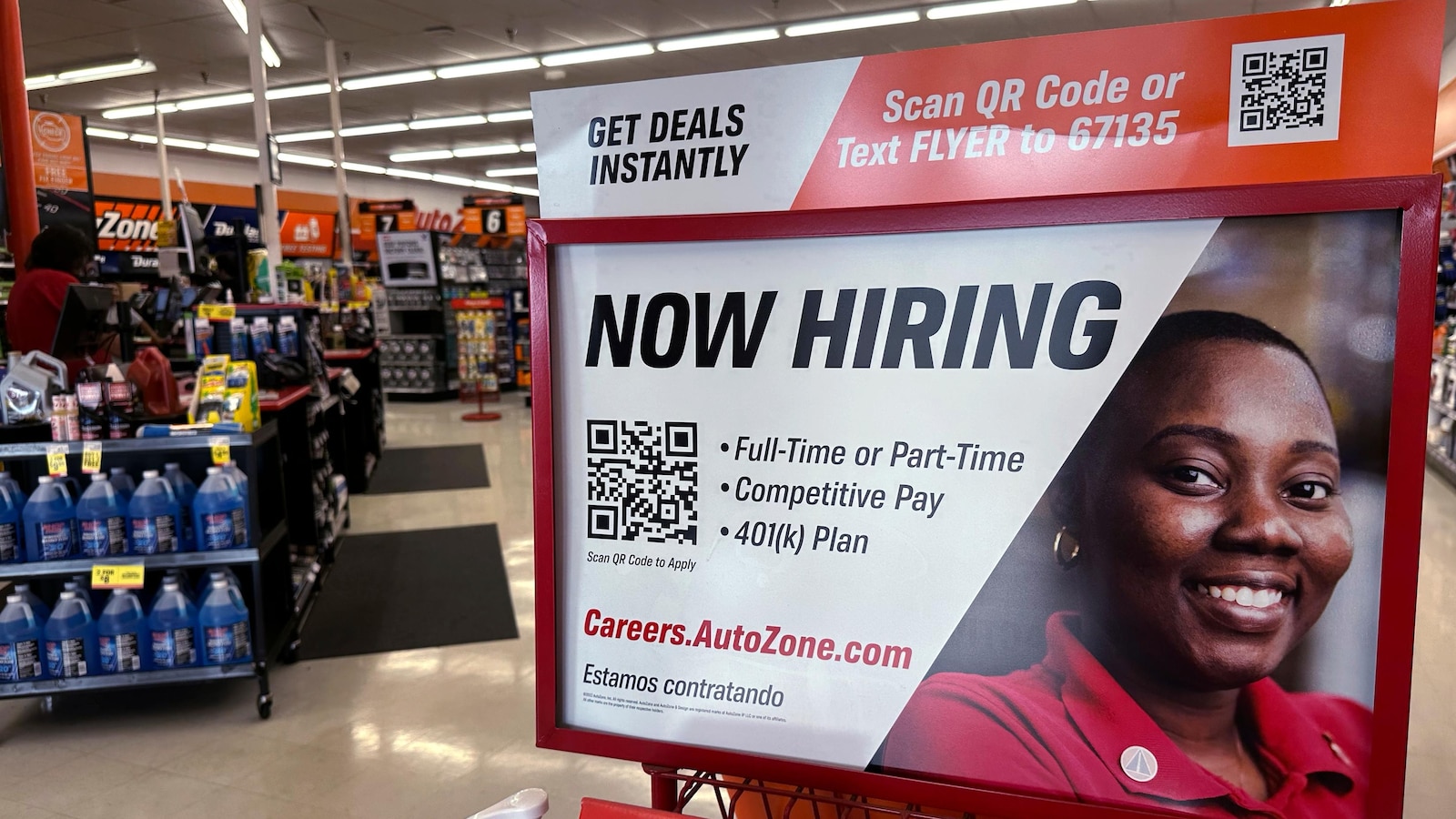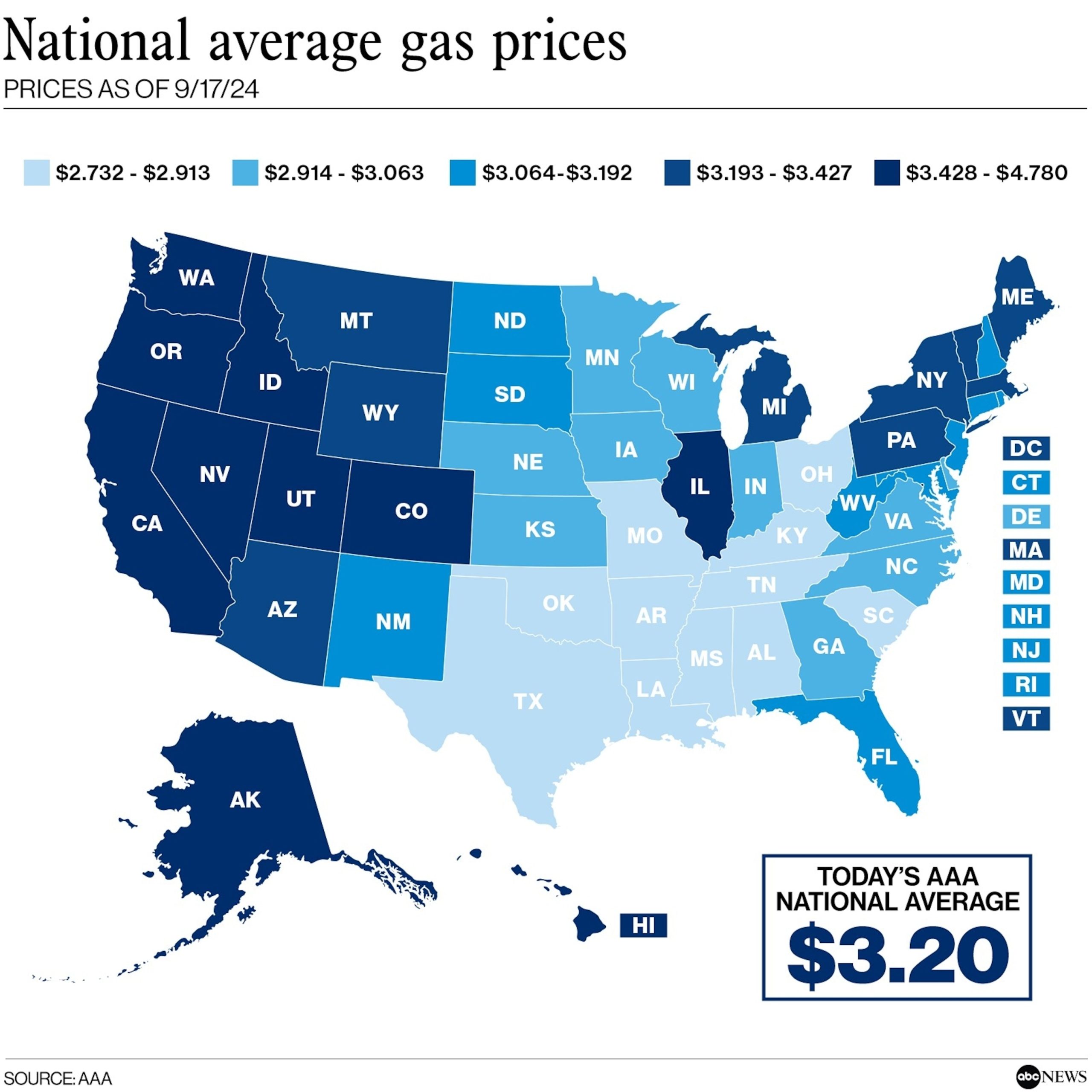The Federal Reserve is set to make a pivotal decision about its benchmark interest rate on Wednesday that could dial back its years-long fight against inflation.
Investors widely expect the Fed to cut interest rates for the first time since 2020, delivering long-sought relief for consumers saddled by high borrowing costs for everything from credit cards to mortgages.
“The time has come for policy to adjust,” Fed Chair Jerome Powell said last month at an annual gathering in Jackson Hole, Wyoming. “The direction of travel is clear.”
Inflation has slowed dramatically from a peak of about 9% in 2022, though it remains slightly higher than the Fed’s target of 2%.
Meanwhile, the job market has cooled. A weaker-than-expected jobs report in each of the last two months has stoked concern among some economists.
In theory, lower interest rates help stimulate economic activity and boost employment; higher interest rates slow economic performance and ease inflation.
“We will do everything we can to support a strong labor market as we make further progress toward price stability,” Powell said last month.
The chances of an interest rate cut at the Fed’s meeting on Wednesday are all but certain, according to the CME FedWatch Tool, a measure of market sentiment.
Market observers are divided over whether the Fed will impose its typical cut of a quarter of a percentage point, or opt for a larger half-point cut. The tool estimates the probability of a half-point cut at 65% and the odds of a quarter-point cut at 35%.

Federal Reserve Chair Jerome Powell speaks during a news conference at the Federal Reserve in Washington, D.C., May 1, 2024.
Susan Walsh/AP, FILE
A half-point cut risks overstimulating the economy and rekindling elevated inflation, while a quarter-point cut threatens to delay the type of economic jumpstart that may be required to avert a recession, Seema Shah, chief global strategist at Principal Asset Management, told ABC News in a statement.
“Rarely have market expectations been so torn” on the eve of a rate decision, Shah added.
Regardless of the size of the rate cut, borrowers should not expect immediate relief, Elizabeth Renter, senior economist at NerdWallet, told ABC News in a statement.
“This initial rate cut will have little immediate impact,” Renter said. “I anticipate many consumers and business owners will take the beginning of this change in monetary policy as a sign of hope.”
The expected rate cut on Wednesday would go into effect less than 50 days before the November election.
A rate cut would deviate from the policy approach taken by the Fed prior to many recent presidential elections, a Reuters analysis found. Policy rates were left unchanged for six to 12 months before the 2020, 2016, 2012 and 2000 U.S. presidential elections, according to Reuters.
To be sure, the Fed says it bases its decisions on economic conditions and operates as an independent government body.
When asked about the 2024 election at a press conference in Washington, D.C., in December, Powell said, “We don’t think about politics.”
The Federal Reserve is expected to lower interest rates for the first time in two years, a move that could have significant implications for the U.S. economy. This decision comes as the central bank seeks to stimulate economic growth amid concerns about slowing global growth and trade tensions.
The Federal Reserve, which is responsible for setting monetary policy in the United States, has been under pressure to lower interest rates in recent months. President Trump has been a vocal critic of the Fed’s decision to raise interest rates last year, arguing that higher rates are hurting economic growth.
The anticipated rate cut is seen as a preemptive measure to cushion the economy from potential headwinds, such as the ongoing trade war with China and uncertainty surrounding Brexit. Lower interest rates can encourage borrowing and spending, which in turn can boost economic activity.
While a rate cut is generally seen as a positive development for borrowers, it can have mixed implications for savers and investors. Lower interest rates can lead to lower returns on savings accounts and other fixed-income investments. However, they can also make stocks and other riskier assets more attractive, as investors seek higher returns in a low-interest rate environment.
The decision to lower interest rates is not without risks. Some economists worry that cutting rates now could limit the Fed’s ability to respond to future economic downturns. Additionally, lower rates could fuel inflation and asset bubbles, leading to potential financial instability down the road.
Overall, the anticipated rate cut by the Federal Reserve reflects growing concerns about the state of the global economy and the need for proactive measures to support growth. It remains to be seen how this decision will impact the U.S. economy in the coming months, but it is clear that all eyes will be on the central bank as it navigates these uncertain times.



